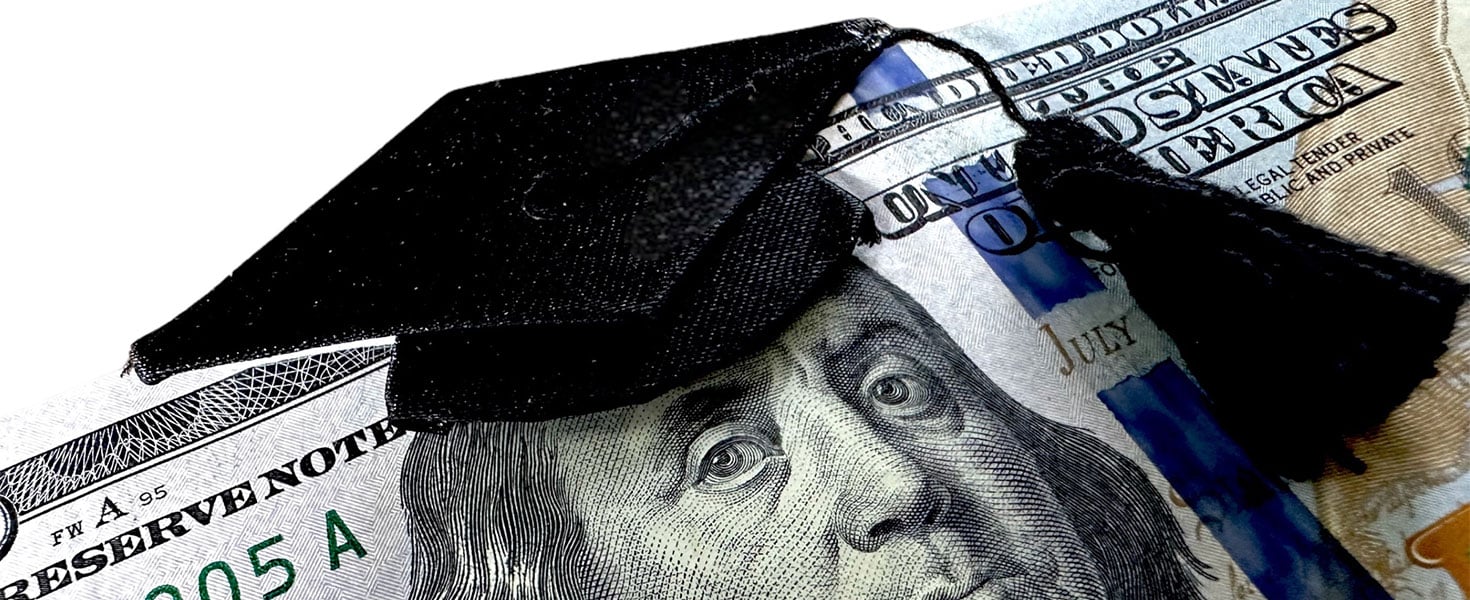Paying Off Student Loans: The Basics to Remember
Essential tips and strategies for mastering student loan repayment

A hot topic for financial advisors is, “How should I be paying off student loans?” Another question graduates are asking: “Is there a way to get rid of student loans for less than I owe?”

Minimizing debt
The best way to approach paying off student loans is to minimize them as much as possible. The graduating class of 2016 averaged $37,172 in student debt. During college years, students can minimize loans through grants, scholarships, student aid, working and attending in-state schools. Minimized loans make repayment post-graduation less painful and less costly.
The lowest-cost method is to repay any loan as quickly as possible since the longer it takes to repay it, the more interest you’ll pay. For example, a $50,000 loan at 7 percent will have a payment of $580 for 10 years, and total payments of $69,665.
Paying approximately $400 more per month would cut off nearly five years and reduce interest costs by almost $10,000. Learning to manage personal finances, live minimally and use all disposable income to repay loans as soon as possible is the most cost-effective method. Every other way has risks.

Loan Repayment
Some lenders provide loan forgiveness and income-based repayment programs. The most common forgiveness plans are 10 years for some public and non-profit employees. There are even 20- or 25-year forgiveness schedules. These programs are not automatic; you must sign up for and manage them since they have specific rules and requirements.
Income-based repayment programs base the monthly payment on a worker’s income and financial situation. It’s in society’s interest to provide these for low-income people and their families as a stepping stone out of poverty or near poverty. But be aware, for some income-based and forgiveness programs, you could end up paying more. Whenever loan terms are extended or monthly payments are reduced, there is usually a mathematical consequence, meaning more outstanding interest. Borrowers could end up paying more over time.
Don’t be tempted too quickly with loan deferments either, unless necessary. By deferring them just one year, using the same $50,000 example, the monthly payment increase is about $40, and increases the loan balance by $3,500.
Pay quickly and save
Again, the lowest-cost method of paying off student loans is the old-fashioned way — repay them as quickly as possible. I’ve known individuals who work hard to repay loans in fewer than five years, even with huge loan amounts. They are smart because they know by extinguishing the debt sooner, they lower their interest costs. This could mean a delay in starting a family, working a second job, having less fun, living at home, avoiding eating out and driving an older car.
However, the upside of this is the boost in disposable income when you pay off the debt. The payment each month that used to go toward debt can now go toward savings and investments.
